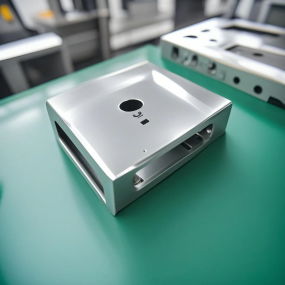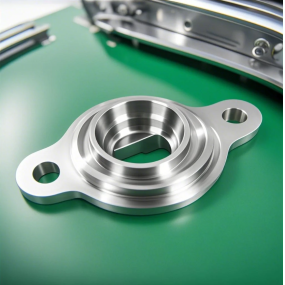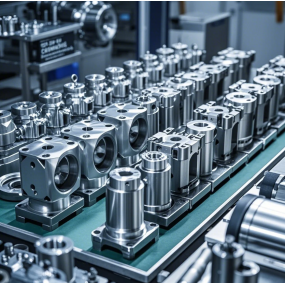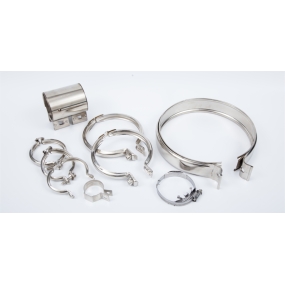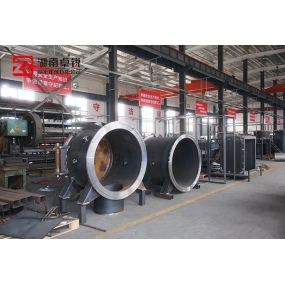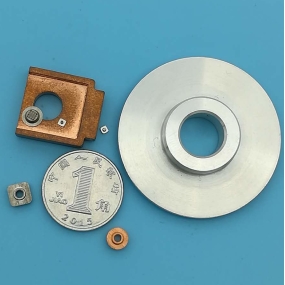The processing range involved in sheet metal processing is very wide, such as various parts, boxes, plates, cabinets, bending forming, stainless steel doors, etc. The vast majority of metal products involved in daily life are sheet metal processing, which is widely used in our daily lives. So what are the common problems encountered during sheet metal processing?
Problems encountered during sheet metal processing:
1. Burr: Unnecessary raw materials are not completely retained during sheet Metal Stamping or right angle processing, resulting in burrs on the cross-section of thick steel plates. When the relative height of burrs exceeds 0.2mm according to the cross-section, the fan will damage the mold, causing bumps and depressions.
2. Convex concave: Abnormal convex concave on the surface of sheet metal is also due to the beneficial line of unwinding.
3. Mixing of dirt (iron pins and dust) in sheet metal. Roller printing: caused by dirt adhering to the cleaning roller or feeding roller (fixed pitch diameter). Generally speaking, the dirt on the roller printed paper can be removed.
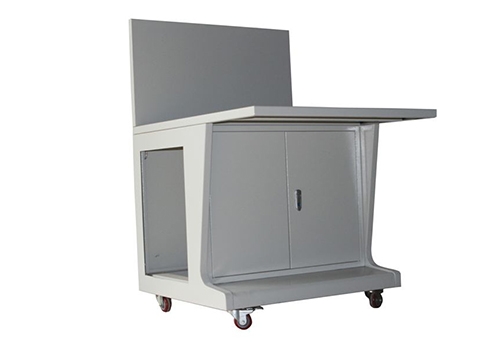
4. Slippery marks: Sheet metal due to rollers.
5. Rolling, sliding marks occur when the roller suddenly pauses or accelerates. Crushing of hot-rolled strip steel is likely to cause wrinkling at the edges: the guide rollers on the beneficial wire mesh are likely to wrinkle due to the small spacing between the guide rollers on the mold, which is also due to the hot-rolled strip steel.
6. Caused by unbalanced feeding. Scratches: The primary cause of scratches on parts is sharp scars on the mold or metal material dust falling into the mold. The preventive measures are to polish the scars on the mold and eliminate metal material dust.
7. Bottom cracking: The primary factor causing the bottom cracking of a component is poor plasticity of the raw material or excessive compression of the mold edge strip. The preventive measure is to replace the raw materials with excellent plasticity or loosen the edge banding device.
8. Wrinkle on the outer wall: The primary cause of wrinkling on the side wall of sheet metal is insufficient thickness of the raw material (if the relativity is small, thinner thickness is allowed) or axial force occurs during the assembly process of the left and right molds, resulting in a large gap on one side and a small gap on the other side. The preventive measure is to immediately replace the raw materials and adjust the mold again.
The content of the article is sourced from the internet. If you have any questions, please contact me to delete it!


 Spanish
Spanish Arabic
Arabic French
French Portuguese
Portuguese Belarusian
Belarusian Japanese
Japanese Russian
Russian Malay
Malay Icelandic
Icelandic Bulgarian
Bulgarian Azerbaijani
Azerbaijani Estonian
Estonian Irish
Irish Polish
Polish Persian
Persian Boolean
Boolean Danish
Danish German
German Filipino
Filipino Finnish
Finnish Korean
Korean Dutch
Dutch Galician
Galician Catalan
Catalan Czech
Czech Croatian
Croatian Latin
Latin Latvian
Latvian Romanian
Romanian Maltese
Maltese Macedonian
Macedonian Norwegian
Norwegian Swedish
Swedish Serbian
Serbian Slovak
Slovak Slovenian
Slovenian Swahili
Swahili Thai
Thai Turkish
Turkish Welsh
Welsh Urdu
Urdu Ukrainian
Ukrainian Greek
Greek Hungarian
Hungarian Italian
Italian Yiddish
Yiddish Indonesian
Indonesian Vietnamese
Vietnamese Haitian Creole
Haitian Creole Spanish Basque
Spanish Basque


